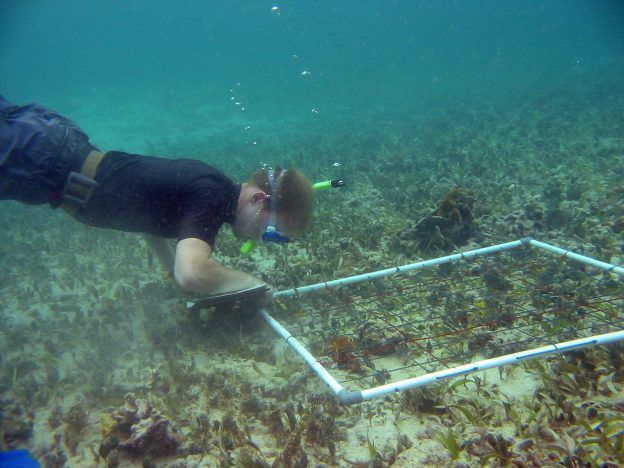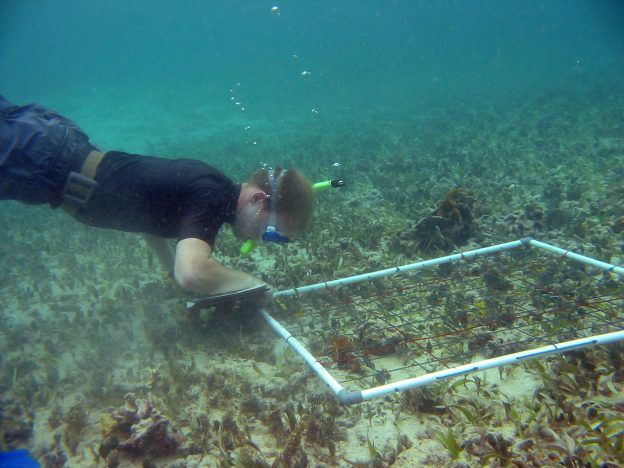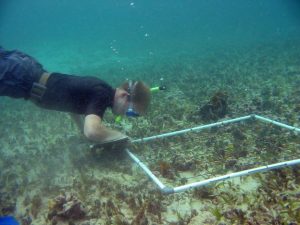Episode 11: Beyond doom and gloom: highlighting solutions to ocean acidification
November 6, 2018
When we hear news coverage of global environmental changes, it can easily overwhelm us. We mentally curl up into the fetal position and conclude there is nothing we can do to stave off the changes that Earth is projected to experience. One of these changes is ocean acidification–a phenomenon where carbon dioxide in the atmosphere is absorbed by the ocean. As carbon dioxide levels increase in our atmosphere, more of it is able to dissolve into the ocean and lower its pH, making it more acidic. A decrease of 0.1 pH unit in the global ocean since the beginning of the 1900s may not seem like a lot, but because pH is represented on a logarithmic scale, it actually represents about a 30% increase in hydrogen ions. This makes it harder for organisms like oysters, clams, and corals to build hard shells and skeletons. It is uncertain how this phenomenon could affect the long-term fate of these organisms, as well as the fish that depend on them.
This is where Brian Erickson comes in. Brian, a masters student in Marine Resource Management in OSU’s College of Earth, Ocean, and Atmospheric Science, observed that most curricula designed to teach high school students about ocean acidification do not discuss actionable solutions that most people can take in their everyday lives to mitigate their carbon footprints. Do student attitudes change when presented with solutions like insulating homes to save on heat, swapping incandescent bulbs with LEDs, or consolidating trips to the store to minimize gas consumption?
A former high school science teacher himself, Brian grew up in St. Louis and received his undergraduate degree in biology from Lewis and Clark College. As an undergraduate, he first became acquainted with environmental research as a field technician in St. Croix in the Caribbean. After participating in Teach For America in New York City, he took many environmental research and education jobs before deciding to return to the ocean to bridge his interests of outdoor education and social science. As his masters draws to a close, Brian will be staying at OSU to begin a PhD in Fisheries and Wildlife working to bring multiple perspectives to marine conservation efforts in East Africa.




